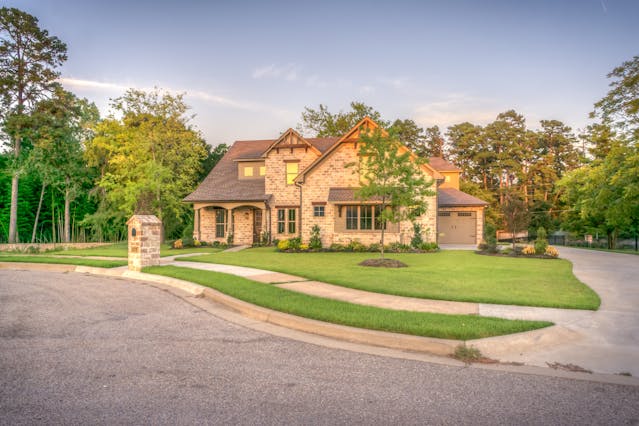Insider predicts that industrial style will become a bigger trend for the year. With a fuss-free style, most of the younger generations prefer the industrial look. The industrial style has distinct elements. This includes high ceilings, metal elements combined with wood and stonework, and neutral colors.
With a little bit of modern and a few traditional elements, industrial is an appealing style to cope up for one’s home. However, some may think twice about getting the style thinking that industrial homes are all about exposed beams and ductwork. But it’s more than that; one can transform a home, even just by adding a few simple elements.
History of Industrial Architecture
Before we discuss the simple elements that you can use to transform your home into an industrial living space, let us first understand where the industrial architectural style came from.
Industrial architecture initially started to address practical issues such as lack of electricity. To utilize natural light, they built large windows into industrial buildings during the 1700s. This enabled workers to work better within the facility and speed up manufacturing processes.
Additionally, industrial buildings during this period were designed to be more fire-resistant. Because of this, elements of early industrial architecture featured open floor plans, flat roofs, and plain facades that lessen elements that may catch fire. This is where the “unfinished look” feel of industrial style originated, including the exposed bricks, ductwork, and pipes.
In the 1900s, concrete and steel materials became part of the industrial style thanks to Albert Kahn. Under his vision, industrial architecture became more efficient by creating mega structures that house different processes of the industrial sector. These massive structures were made possible with the use of durable materials: concrete and steel.
As Kahn changed the landscape of industrial architecture, more factories were built out of the cities and old factories were left unused. This is when people started transforming these old factories into households and studio spaces.
The Rise of Industrial Chic
After several artists used the old factories into studio spaces and housing, industrial-chic suddenly became a hit that inspired a number of interior designers. Aside from utilizing the natural lighting brought by the large windows in these old buildings, designers used the buildings’ exposed details and open floor plans to define a new design aesthetic.
As the industrial style is simple and has ample open space, it can be easily mixed with any style whether it be traditional or modern. Thus, it is no surprise that any home, whether be it a reclaimed old factory, or a new one, can be transformed into an industrial-chic space just by adding simple elements that are distinctly industrial.

Adding Industrial Elements Into A Home
Add modern details with an industrial flare
In the kitchen, it’s easy to create an industrial look. Replacing old appliances with stainless steel appliances can give that sleek style with an industrial feel. Adding matching cabinetry with simple, metal hardware can help create an industrial vibe, too.
Additionally, the type of lighting you use can greatly impact a room’s style. An Edison-style bulb, for example, reminds you of a retro, nostalgic feeling of the industrial era.
Using artwork
Industrial architecture is simple, yet bold and impactful. This style can be reflected through artworks, too. Selecting bold murals, paintings, and graphics can be a great accent to a room.
Additionally, there are customizable metal prints online that you can get to reflect your own style. Through these metal prints, you can create art pieces that are clean and modern, both characteristics that reflect the industrial style.
Pieces with exposed mechanical details
If you don’t have a home with exposed beams, pipes, and ducts, or a brick wall, you don’t have to do a major renovation to achieve your desired style. Simply collecting small pieces with exposed mechanical details can be a great substitute. Like the Edison-style bulb with exposed filaments, you can select different furniture and fixtures that have mechanical details purposely left to be seen.
Minimal is industrial
If we go back to the history of industrial architecture, the elements selected for industrial buildings were simple and no non-sense. Thus, selecting furniture and items in your home that are minimalistic and simple is a way to reflect the industrial style. For example, you can select a simple bed with a combination of metal and woodwork, with beddings covered all in white. It’s simple, minimal, elegant, and definitely industrial.
Because of its ability to create spaces that are simple, functional, yet can make a bold statement, there’s no wonder that industrial style is becoming the design of choice for most homeowners. And it’s not necessarily for the younger generation, too. As discussed earlier, the style mixes both traditional and modern, so it can fit anyone from all generations.




